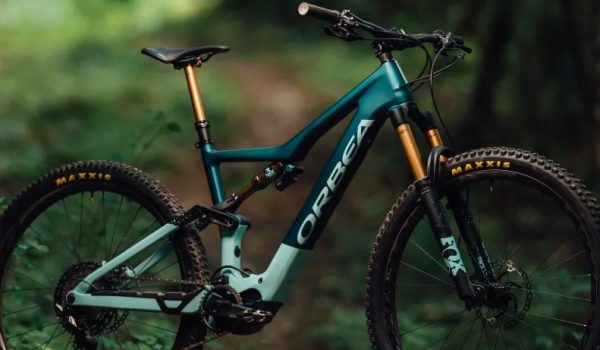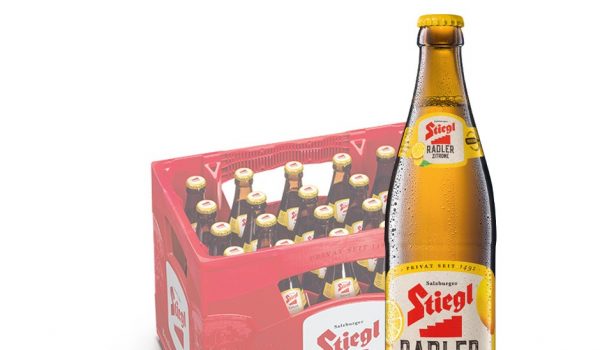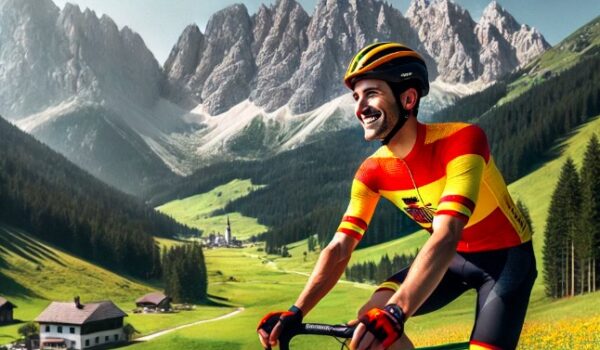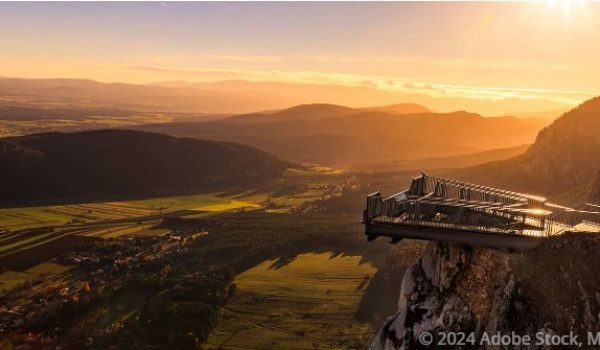Discover the Convenience of Bike Rentals with Free Delivery in Vienna and Lower Austria!
Are you planning to explore the scenic beauty of Vienna and Lower Austria on two wheels? Look no further! We offer an unparalleled bike rental service with a unique perk: free delivery of rented bikes for orders over €100. This article will delve into the benefits of our service, why cycling in this region is a must, and how you can make the most of your biking adventure.
Why Choose Our E-bike rent in Vienna Service?
1. Free Delivery for Orders Over €100
One of our standout features is the convenience of free delivery. Whether you’re staying in Vienna or a cozy village in Lower Austria, we bring the bikes directly to your doorstep. This hassle-free option ensures you can focus on planning your journey without worrying about logistics.
2. Wide Selection of Bikes
From city bikes for urban explorers to mountain bikes for adventurers and e-bikes for effortless travel, our inventory caters to all types of cyclists. Families can also enjoy our selection of children’s bikes and trailers.
3. Flexible Rental Periods
Whether you need a bike for a day, a weekend, or a longer holiday, we offer flexible rental plans tailored to your needs.
4. Affordable Prices
With competitive pricing and discounts for group rentals, our service is designed to be budget-friendly without compromising quality.
5. Top-Notch Equipment
All our bikes are regularly maintained to ensure a safe and smooth ride. Helmets, locks, and maps are also available to enhance your experience.
Cycling in Vienna and Lower Austria: A Unique Experience
1. Vienna: A Cyclist’s Paradise
Vienna boasts an impressive cycling infrastructure with over 1,400 kilometers of bike paths. Explore the iconic landmarks such as:
- The Ringstrasse: Ride along this historic boulevard and marvel at Vienna’s architectural gems, including the State Opera and the Hofburg Palace.
- Danube Island (Donauinsel): A haven for nature lovers, this island offers picturesque trails perfect for leisurely rides.
- Prater Park: Cycle through this vast green space and visit the iconic Ferris wheel.
2. Lower Austria: Nature at Its Best
Just outside Vienna lies the stunning countryside of Lower Austria, known for its vineyards, forests, and charming villages. Must-visit cycling routes include:
- The Danube Cycle Path (Donauradweg): One of Europe’s most popular cycling routes, it’s perfect for families and long-distance cyclists.
- The Wachau Valley: Cycle through UNESCO World Heritage vineyards and stop for a glass of local wine.
- Vienna Woods (Wienerwald): For mountain biking enthusiasts, the trails here offer an adrenaline-filled adventure.
How Free Delivery Enhances Your Experience with E-bike rent in Vienna
1. Convenience for Travelers
Free delivery means you don’t have to find a rental shop or worry about transportation. Your bikes arrive ready to go, saving you time and effort.
2. Tailored to Your Schedule
We coordinate delivery times and locations based on your itinerary, ensuring a seamless start to your cycling adventure.
3. Perfect for Groups and Families
Planning a group outing or family trip? Free delivery for orders over €100 makes logistics easier and more cost-effective.
Tips for an Unforgettable Cycling Adventure
1. Plan Your Route
Take advantage of the well-marked cycling paths in Vienna and Lower Austria. Use online maps or ask our team for route recommendations.
2. Dress Comfortably
Wear breathable clothing and comfortable shoes. Don’t forget sunscreen and sunglasses for sunny days!
3. Stay Hydrated and Energized
Pack water bottles and snacks, especially if you’re embarking on longer rides. Local bakeries and cafes are perfect for a quick refreshment stop.
4. Respect Local Rules
Follow traffic regulations and be mindful of pedestrians. Use designated bike paths whenever possible.
5. Capture the Moment
Bring a camera or smartphone to document your journey. The landscapes and landmarks you’ll encounter are nothing short of breathtaking.
Book Your Bike Today!
Embark on a cycling adventure in Vienna and Lower Austria with ease and style. With our free delivery service for orders over €100, exploring this beautiful region has never been more convenient.
Reserve your bike now and let us take care of the rest. Whether you’re a solo traveler, a couple, or a group, we’re here to make your cycling experience unforgettable.














Follow Us